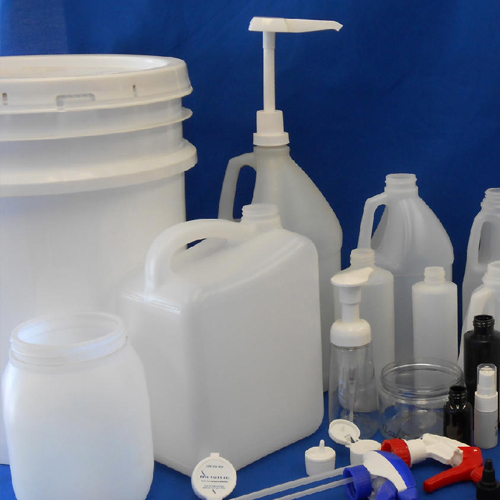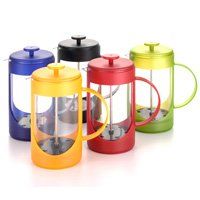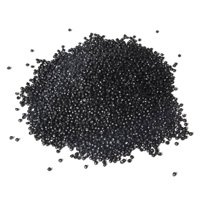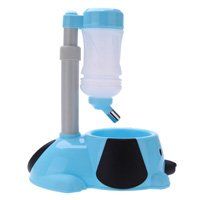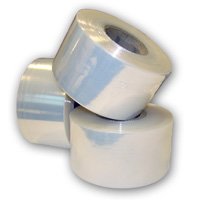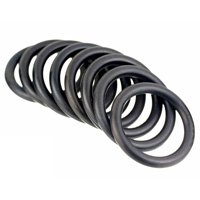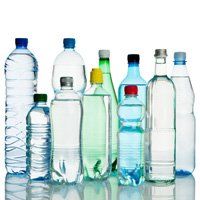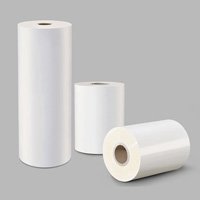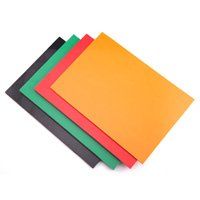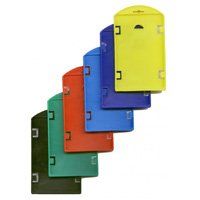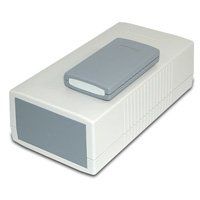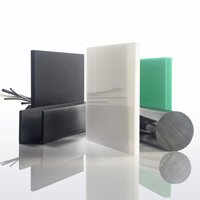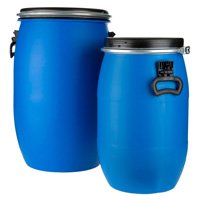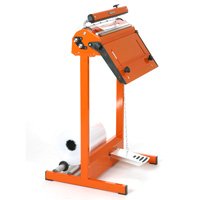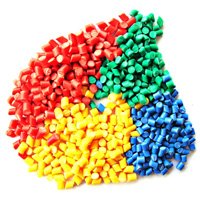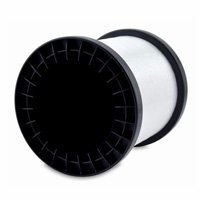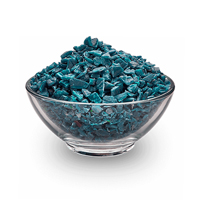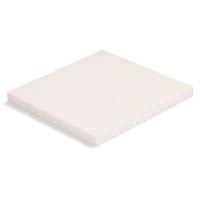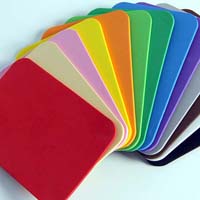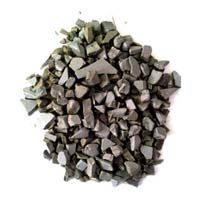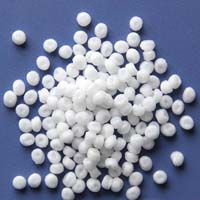Plastics & Products
An Introduction to Plastics & Products
Introduction
Plastic is a very adaptable material that is employed in the production of countless commonplace items. Discover the diverse uses and applications of plastic by studying its classification, history, and distinctive chemistry.
Produced plastics have been in use for well over a century. The first synthetic plastic was introduced at the International Exhibition in London by chemist and scientist Alexander Parkes in the year 1862.
Polymerization is the process by which tiny molecules unite to form a very long chainlike molecule, resulting in polymers.
What is Plastic?
The Greek word 'Plastikos,' which means 'to shape,' is the source of our modern English word 'plastic. Long polymer molecules can be created from the hydrocarbon chemicals found in fossil fuels. Monomers are the building blocks that can be linked together to produce polymers, which are long chains of carbon atoms.
Christian Schonbein, a famous German chemist, first created plastic in 1846. In fact, the invention of plastics was a happy accident. Christian spilled a combination of nitric acid and sulphuric acid while doing an experiment in his kitchen. He used a cloth to sweep up the solution (a combination of nitric and sulphuric acids) and then dried it over the stove.
Properties of Plastics:
- Powerful and malleable
- Neither heat nor electricity travels well through them
- Adaptable to a wide range of forms and dimensions
- Protect against rusting and can withstand exposure to various substances
Different Types of Plastic
1. Polystyrene (Styrofoam and PS)
Styrofoam, as this stiff plastic is more often known, is inexpensive and provides excellent insulation, making it widely used in the food, packaging, and construction industries. Polystyrene shares the same reputation for risk as PVC. Toxins, such as the neurotoxic styrene, can be leached out and eaten by humans through contaminated food.
Manufacturing products:
- Building insulation
- Egg Cartons
- Cutlery
- Shipping and product packaging
- Food Containers
- Cups
2. Polypropylene PP
This material (polypropylene) is extremely long-lasting. Food packaging and storage that is designed to contain hot foods or be heated itself can benefit from its higher heat resistance compared to other materials. It can be bent slightly without breaking, yet it keeps its form and durability for quite some time.
Manufacturing products:
- Prescription bottles
- DVD or CD boxes
- Straws
- Bottle Caps
- Packaging Taps
- Hot Food Containers
- Disposable diapers
3. Low-Density Polyethylene (LDPE)
One that improves upon HDPE by being softer, clearer, and more malleable. It's common application is as a lining for beverage cartons, but it also finds use in products like corrosion-resistant countertops.
Manufacturing products:
- Bread bags
- Bubble wrap
- Grocery bags
- Plastic/Cling Wrap
- Sandwich bags
- Garbage bags
- Beverage Cups
4. Polyvinyl Chloride (Vinyl or PVC)
Since it does not carry electricity, this strong and rigid plastic is frequently used in high-tech applications like wires and cables and is highly sought after in the construction industry. Because it is resistant to bacteria, can be sterilized quickly, and can be used just once, it finds extensive usage in the medical field. On the other hand, it's important to remember that PVC is the most toxic plastic ever created, and it releases harmful chemicals at every stage of its existence.
Manufacturing Products:
- Pet Toys
- IV Fluid bags
- Teething Rings
- Plumbing Pipes
- Human baby toys
- Medical Tubing
- Oxygen masks
- Credit Cards
5. High Density Polyethylene (HDPE)
High-Density Polyethylene, Low-Density Polyethylene, and Linear Low-Density Polyethylene are the three main categories of Polyethylene, the most widely used plastic in the world. High-Density Polyethylene is used extensively in the construction industry because of its durability, light weight, and resistance to moisture and chemicals.
Manufacturing Products:
- Park benches
- Cereal box liners
- Milk Cartoons
- Buckets
- Toys
- Rigid pipes
- Detergent bottles
6. Polyethylene Terephthalate (PET or PETE)
This is one of the most popular plastics & plastic products, this has several applications. It's used frequently in both food packaging and textiles because it's lightweight, durable, and usually transparent (polyester).
Manufacturing Products:
- Food bottles and jars
- Polyester clothing
- Ropes
- Beverage bottles
7. Alternate Plastics
Plastics that don't fit neatly into any of the other six categories, or are hybrids of other sorts, go here. We thought it was vital for you to know what the #7 recycling code meant in case you ever came across it, and so we included it.
Manufacturing Products:
- Eyeglasses
- Electronics CD/DVDs
- Plastic Cutlery
- Sports Bottles
Applications of Plastics
1. Medical Field
Insulin pens, IV tubes, syringes, catheters, surgical gloves, inflatable splints, tubing, dialysis machines, wound dressing, heart valves, artificial limbs, blood bags, and countless more medical tools and gadgets are all made from plastics.
2. Sports Safety Gear
The plastic helmets, protective padding, goggles, and mouth guards used in sports today are all lighter and stronger than they were even a decade ago. Protecting the head, joints, and bones are hard plastic shells covering helmets and pads. Molded, shock-absorbing plastic foam in the shoes provides stability and support.
3. Packaging
Food and drink are packaged, transported, stored, and presented using a wide range of plastics. Inert and chemically resistant to both the outside environment and the meals and beverages themselves, plastics used in food packaging are a practical choice.
Nowadays, you can find many plastic bags, wraps, and containers that can be heated in the microwave without melting.
Many plastic food storage containers can also be placed directly from the freezer into the microwave and then into the dishwasher without fear of contamination.
4. Construction Sector
Numerous construction applications have been developed using plastics. Plastics are a cost-effective and practical option in the construction sector because of their adaptability, durability, low maintenance, affordability, and corrosion resistance.
- Insulation
- Conduit and Piping
- Gaskets & Seals
- Window Doors
5. Automotive & Transport Sector
Many of the advancements in automobile design, such as increased safety, enhanced performance, and better fuel efficiency, can be attributed to plastics. In addition to being utilized extensively in transportation systems like railroads, airlines, and vehicles, plastics also find use in the maritime and aerospace industries. For instance:
- Bumpers
- Dashboards
- Seats
- Engine parts
- Doors
6. Homes uses
The television, stereo, cellphone, vacuum cleaner, and perhaps the plastic foam in the furniture all contain substantial amounts of plastic. The seats of chairs and stools, the countertops, the PTFE linings of nonstick cookware, and the plumbing of a modern home are all made of plastic.
What is Plastic Market Growth?
The value of the India Plastics Market in 2020 was US$ 36.07 Bn, and forecasts show that this would increase to about US $ 56.42 Bn by 2027, a CAGR of 6.6%.
Market Growth
Since its inception in 1957, India's plastics industry has flourished and grown dramatically. In recent decades, India's plastics industry has grown to become a major economic sector, supporting the livelihoods of nearly 4.0 million people in more than 30,000 businesses. India is also a leading exporter of plastics goods around the globe. Raw materials, laminates, electronic equipment, medical ware, and consumer items are among the many products produced and exported by the company. More than 150 countries in Europe, Africa, and Asia receive these plastic goods every year.
The plastics business in India supplies several different sectors, including the auto industry, consumer product packaging, and the electronics sector. Plastic's popularity has been on the rise for several decades, with annual growth rates of 8 percent. Throughout the predicted time period, the same growth rate is anticipated to persist.
At 16 percent annually, India's plastics consumption growth rate is among the highest in the world. With fewer people using plastic products overall, this is something to think about as the middle class grows. Per capita plastic use will almost likely rise, suggesting that the current rate of improvement will be sustained.
Conclusion
Take a glance around your immediate surroundings; chances are good that you'll find plastic everywhere. We have created a society where plastic is now essential to daily life. That being said, plastic is here to stay, as it serves both human and environmental needs. It also improves the quality of our lives by making them easier and more pleasurable to live. There is a time and a place for plastic. It's enough if we put in the effort to get the most out of it throughout its useful lifetime, and then recycle (or incinerate) it correctly rather than letting it go to waste.
FAQs: Plastics & products
Q. What is Plastic Made of ?
Ans. Through a polymerization or polycondensation process, natural resources including cellulose, coal, natural gas, salt, and crude oil are transformed into plastics.
Q. What Sectors use Plastic?
Ans. Electronics, construction, packaging, aerospace, and transportation are just a few of the many sectors that benefit from the plastics industry's products and services. The chemical industry incorporates this process.
Q. How Do Animals Die When They Eat Plastic?
Ans. To put it simply, once an animal swallows a plastic bag, it stays there since it cannot be broken down or passed. A slow and agonizing death might result from an animal ingesting plastic, as it prevents digestion of food.
Q. What are the Products of Plastic?
Ans. Plastic bottles, bags, medical tubes, electrical pipes, sports and baby bottles, caps, and containers are only a few of the many products mass-produced to meet the demands of modern life.
